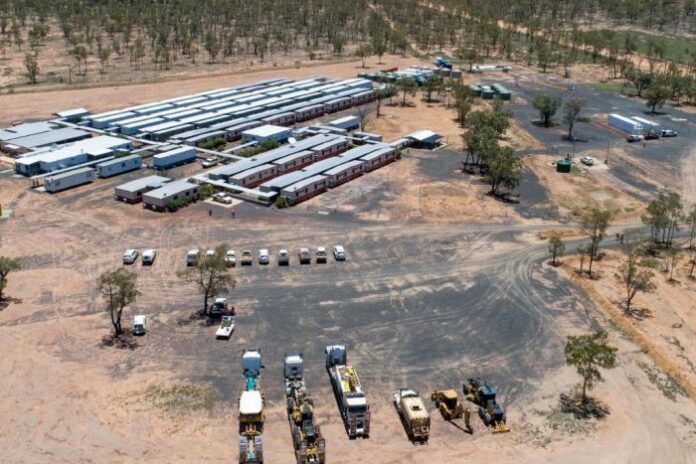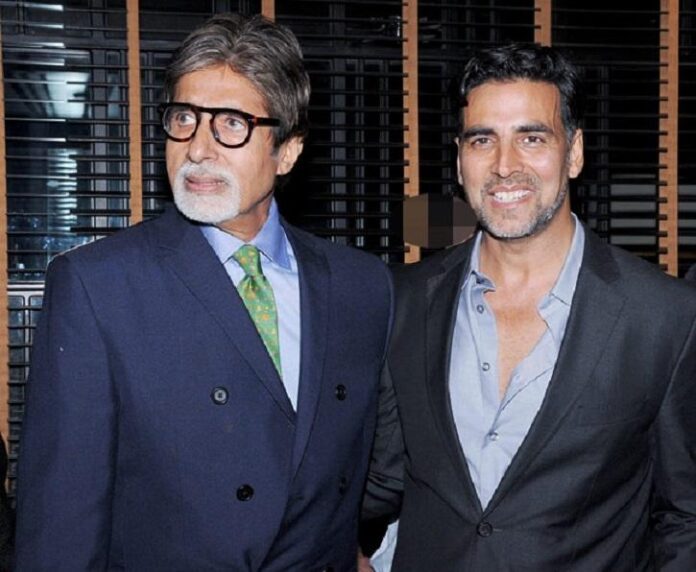In a time when we are seeing more diversity of people through films, toys and more, companies are recognizing the importance of representation. The push for diverse representation has challenged companies to break outside of the traditional ideals of beauty and move toward a more inclusive and intersectional future.
In the wake of this movement, the iconic Barbie doll collection is further expanding. The company behind Barbie, Mattel, released its Barbie Fashionistas line in 2016, which emphasizes diversity within beauty. Its newest release in the line includes a Barbie that uses a wheelchair and a Barbie with a prosthetic limb.
Inclusive representation is the crux of Mattel’s new line, according to the company. “Our latest Barbie and Ken Fashionistas feature even more skin tones, eye colours, hairstyles, and fashions! And now Ken comes in three body types: broad, slim and original,” the company advertises. The toys aim to reflect the different shapes and looks of people that exist within the world and to encourage young children to feel seen and represented. The company also recently released Barbies who work within the STEM field, which aim to encourage girls to go into STEM careers like math and science, Mattel says. The company has also challenged gender norms by releasing a “Moschino Barbie,” which caters toward boys, thus challenging the standard that only girls can play with dolls, and it created its first Barbie with a hijab in 2017.
Its newest launch focuses on Barbies with physical disabilities, including a Barbie who uses a wheelchair and a Barbie with a removable prosthetic limb. These models, which will be released this year, will show little girls and boys with physical differences that dolls can look just like them, and teach others that beauty isn’t confined within a small box. “As a brand, we can elevate the conversation around physical disabilities by including them into our fashion doll line to further showcase a multi-dimensional view of beauty and fashion,” Mattel said, as reported by CNN.
The new Barbies were created with the help of wheelchair experts, UCLA Mattel Children’s Hospital and 12 year-old Jordan Reeves. Reeves has a limb difference and is an activist in favor of dolls who look like her or have other physical differences. It’s significant that “a big icon of society like Barbie now demonstrates or shows that there are different types of people … [who] can be attractive and something kids want to play with,” Curt Decker, executive director of the National Disability Rights Network, told Yahoo Finance.
In addition to the benefits of strong body positivity for consumers, offering a wider range of Barbies creates a wider customer base, which benefits Mattel’s revenue and goodwill. Now boys, children with physical differences, people of all skin tones, and all different types of interests, are included— and they are adding to the company’s audience. Goodwill is also a long-term benefit and asset since it can take years to build and is essential to companies that base their business around nostalgia. As the company released its newest, more diverse Barbies, it also reported a surge in profits in the fourth quarter, prompting its stock price to rise by more than 15 per cent last week.
Source: Tripple Pundit




















